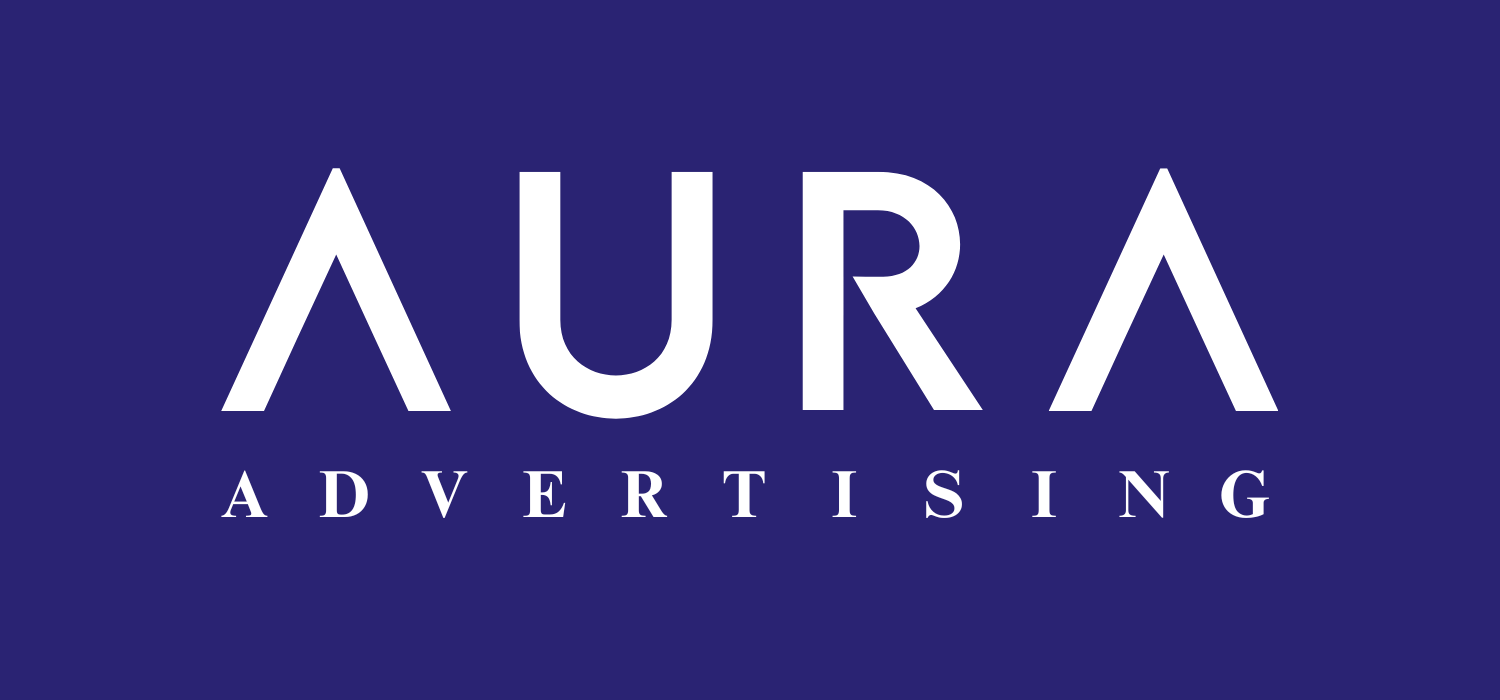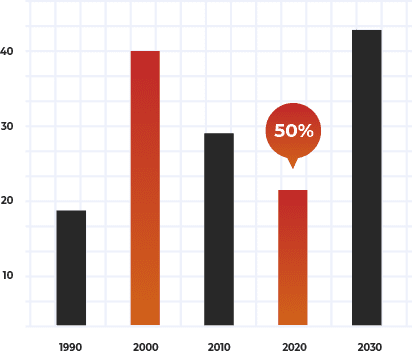In the competitive world of healthcare, marketing campaigns must be data-driven to ensure their effectiveness. Analytics provide valuable insights into patient behavior, campaign performance, and ROI, enabling healthcare providers to refine their strategies and achieve better results. This blog explores how to leverage analytics to improve your healthcare marketing campaigns and maximize your practice’s growth potential.
Why Analytics Matter in Healthcare Marketing
1. Informed Decision-Making
Analytics take the guesswork out of marketing. By understanding what works and what doesn’t, you can allocate resources effectively and focus on high-performing strategies.
2. Improved Patient Targeting
Data insights help identify your target audience’s demographics, preferences, and online behavior. This ensures your campaigns reach the right patients at the right time.
3. Enhanced ROI
Tracking key performance indicators (KPIs) allows you to measure the success of your campaigns and optimize them for maximum return on investment.
4. Personalized Patient Engagement
Analytics enable you to tailor content and messaging to individual patients, improving their experience and fostering loyalty.
Types of Analytics for Healthcare Marketing
1. Website Analytics
- Key Metrics:
- Traffic sources: Where are visitors coming from (e.g., search engines, social media)?
- Bounce rate: How many visitors leave after viewing one page?
- Conversion rate: How many visitors complete a desired action, like booking an appointment?
- Tools: Google Analytics, Hotjar.
2. Social Media Analytics
- Key Metrics:
- Engagement: Likes, shares, comments, and clicks.
- Reach: The number of people who see your posts.
- Audience demographics: Age, gender, location, and interests.
- Tools: Facebook Insights, Instagram Analytics, Hootsuite.
3. Email Marketing Analytics
- Key Metrics:
- Open rate: Percentage of recipients who open your emails.
- Click-through rate (CTR): Percentage of recipients who click on links within the email.
- Unsubscribe rate: Number of recipients who opt out.
- Tools: Mailchimp, HubSpot.
4. Paid Advertising Analytics
- Key Metrics:
- Cost per click (CPC): How much you pay for each click on your ad.
- Conversion rate: Percentage of ad clicks that result in a desired action.
- Return on ad spend (ROAS): Revenue generated per dollar spent on ads.
- Tools: Google Ads, Meta Ads Manager.
How to Leverage Analytics for Better Campaigns
1. Set Clear Goals
Define what you want to achieve with your marketing campaigns. Goals might include:
- Increasing website traffic.
- Boosting appointment bookings.
- Enhancing patient engagement on social media.
2. Track Relevant KPIs
Focus on metrics that align with your goals. For example:
- If your goal is patient engagement, track social media likes, comments, and shares.
- If your goal is lead generation, monitor conversion rates and form submissions.
3. Identify Patient Trends
Use data to uncover patterns in patient behavior. For instance:
- Which services are most searched for?
- What times do patients most frequently book appointments?
4. Conduct A/B Testing
Test different versions of your campaigns to see which performs better. Examples include:
- Trying two headlines for a social media ad.
- Comparing the performance of two email subject lines.
5. Optimize Campaigns in Real-Time
Use analytics to adjust your campaigns as they run. For example:
- If an ad isn’t performing, tweak the targeting or design.
- Shift budget to high-performing channels.
Real-World Example: Improving a Social Media Campaign
Challenge
An aesthetic clinic wanted to increase bookings for their laser hair removal service but saw low engagement on social media ads.
Solution
- Used Facebook Insights to analyze audience demographics and interests.
- A/B tested ad creatives featuring different visuals (e.g., before-and-after photos vs. promotional offers).
- Adjusted targeting to focus on women aged 25-40 in urban areas.
Results
- 45% increase in ad engagement.
- 30% growth in appointment bookings within two months.
Best Practices for Using Analytics
1. Automate Reporting
Save time by automating data collection and reporting. Many tools, like Google Analytics and Hootsuite, offer automated reports.
2. Integrate Data Across Platforms
Consolidate data from various sources (e.g., website, social media, and email) for a holistic view of your campaigns.
3. Prioritize Patient Privacy
Ensure compliance with data protection regulations like HIPAA. Use anonymized data and secure storage practices.
4. Regularly Review and Update Campaigns
Analytics should be an ongoing process. Regularly review your data to refine strategies and stay ahead of patient needs.
The Future of Analytics in Healthcare Marketing
1. AI and Predictive Analytics
Artificial intelligence will enable healthcare providers to predict patient behavior and tailor campaigns accordingly.
2. Real-Time Personalization
Advanced analytics tools will allow for instant customization of marketing messages based on patient interactions.
3. Integrated Patient Journeys
Analytics will help create seamless experiences across all touchpoints, from online inquiries to in-clinic visits.
Conclusion
Analytics are a powerful tool for healthcare providers looking to optimize their marketing campaigns. By tracking and analyzing data, you can make informed decisions, improve patient engagement, and maximize ROI. Start leveraging analytics today to take your healthcare marketing efforts to the next level.



Leave A Comment